It’s time for another roundup! This is where we share small things don’t need dedicated articles, but still deserve attention.
1. Shin Megami Tensei: if… Fan Translation Released
Let’s start with some pretty big news. Shin Megami Tensei: if… is one of the top most-wanted game localizations. The fans took this task into their own hands and released a fan translation this week!
Go here for more information and to download the patch.
As we always say when a Persona / Megami Tensei game comes up, Mato & I don’t have much experience with them but we definitely want to learn more. There are so many now though, it’s overwhelming. Is this one a good one to start with? If not, let us know in the comments which game an SMT n00b should tackle first.
2. Funny English Mini Gallery
Some pals of ours visited Japan recently. Here’s a small collection of funny English they spotted while there.
If you’re out traveling and spot any funny English, snap a picture and send it to me! (heidi at fangamer dot com) I’d love to feature your photo(s) in future roundups. 🙂
3. Poorly Translated Otome Game Hits the Switch
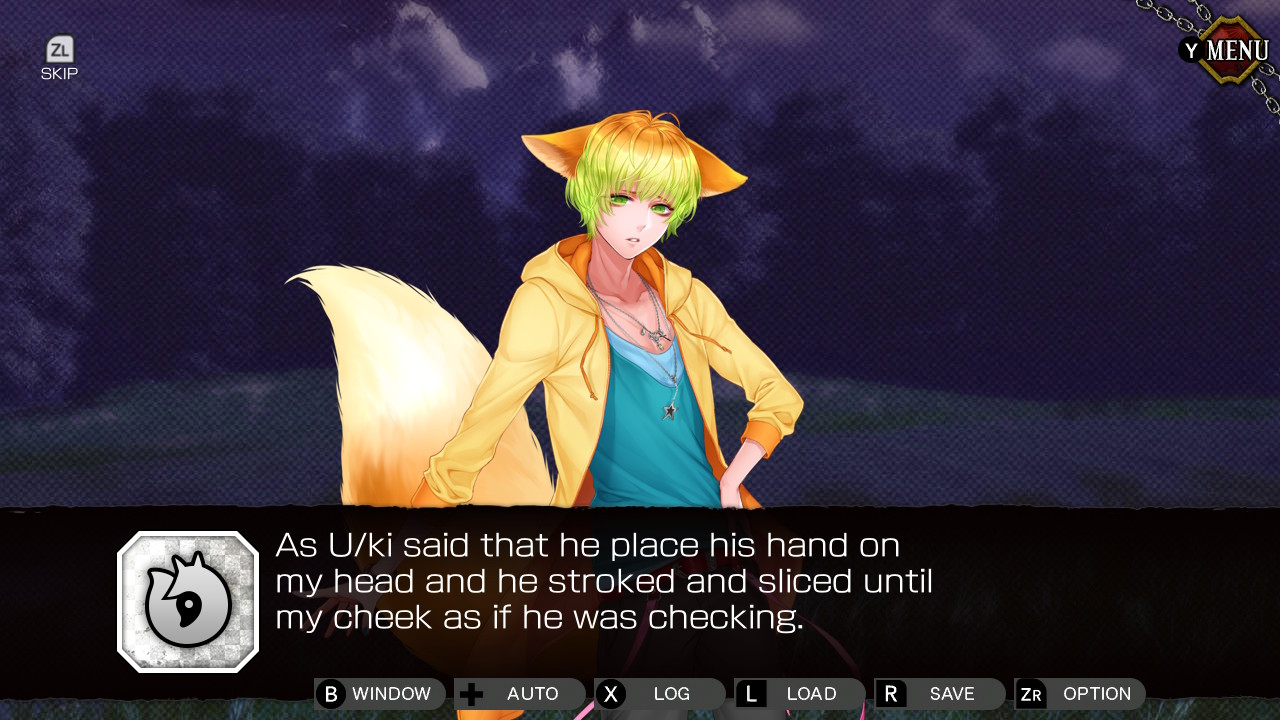
Speaking of funny English, Ayakashi Koi Gikyoku -Forbidden Romance with Mysterious Spirit- was released a few months ago on the Nintendo eShop and… dang. The translation is a doozy.
If you know of any other poorly translated Switch games, let me know in the comments! Check out our Vroom in the night sky gallery for more weird English in a Switch game.
4. “Mysterious Japanese” Uttered by Foreigners

なるほど!一本失いました (Naruhodo! Ippon ushinaimashita)
Intended meaning: “I see! Can’t argue with that.”
Actual meaning: “I see! I lost a long cylindrical object.”
5. Interview with Princess Maker 2’s Original Translator
Princess Maker 2, released in Japan in 1993, got an English translation and was released on Steam two years ago. However, this was the game’s second English translation. The original translation never got an official release.
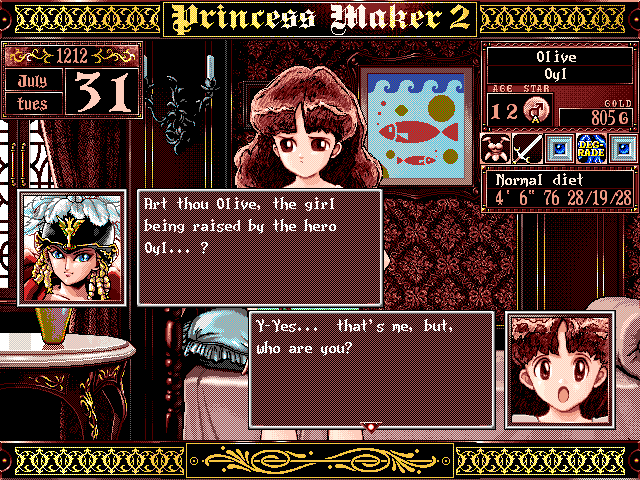
Michibiku posted an interview with Tim Trzepacz, who’s been in the game industry for over 20 years. Back when he was working at MicroProse, he acquired the license to Princess Maker 2 and worked with a small team to get it translated. Unfortunately, they lacked the resources needed to actually distribute the game, so their English translation was never released. Tim went on to join Working Design’s localization department.
It’s a very interesting interview about the struggles of game localization in the 1990s. Read the whole thing here!
6. Sega’s Worldwide Game Sales Are up Thanks to Stellar Localizations
As reported by Gamasutra, Yakuza 6: The Song of Life sold as many copies overseas as it did in Japan, and Persona 5 sold twice as many copies overseas. Sega gives credit where it’s due and recognizes the localization team at ATLUS in California as the reason for the increased worldwide sales.
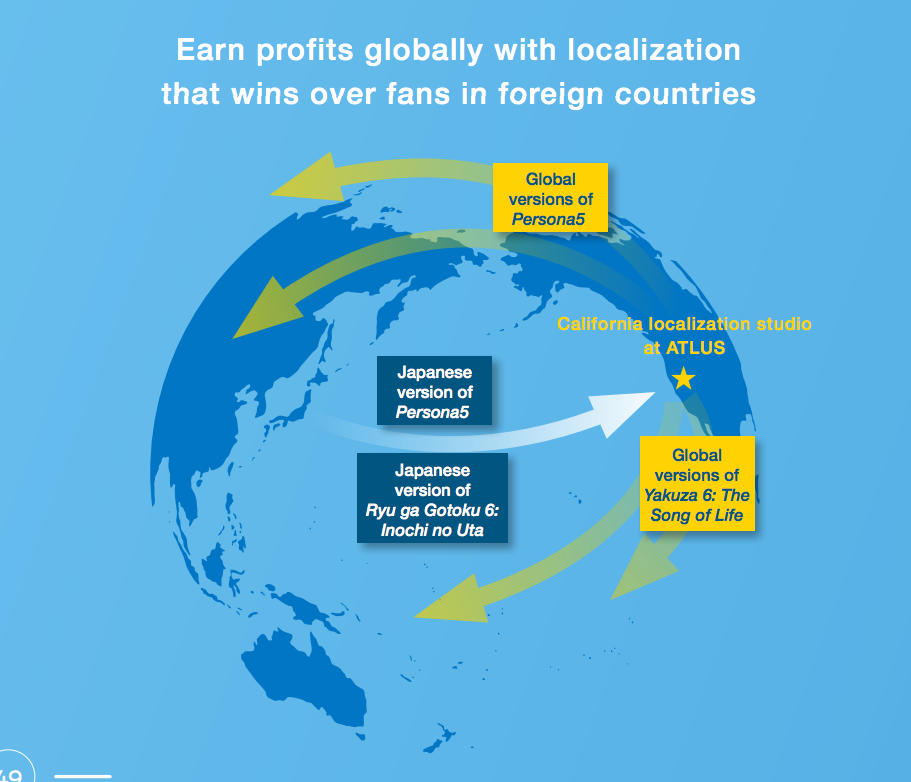
This information was revealed in Sega Sammy Holdings 2018 Shareholder Report. If you have some time, browse through it. It’s 151 pages full of all sorts of stuff, like their future plans up to 2020.
And speaking of Yakuza 6 localizers, here’s Jon Riesenbach describing what it was like localizing the live chat mini game.

That’s all for this roundup. If you find anything that’d be a good fit for future roundup articles, let me know in the comments!








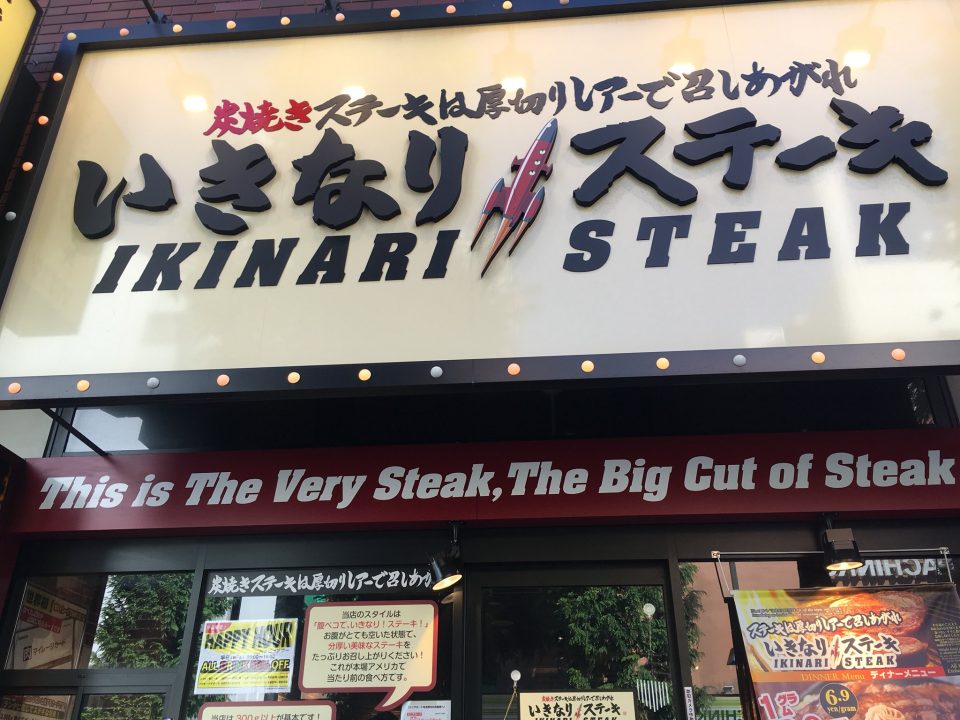
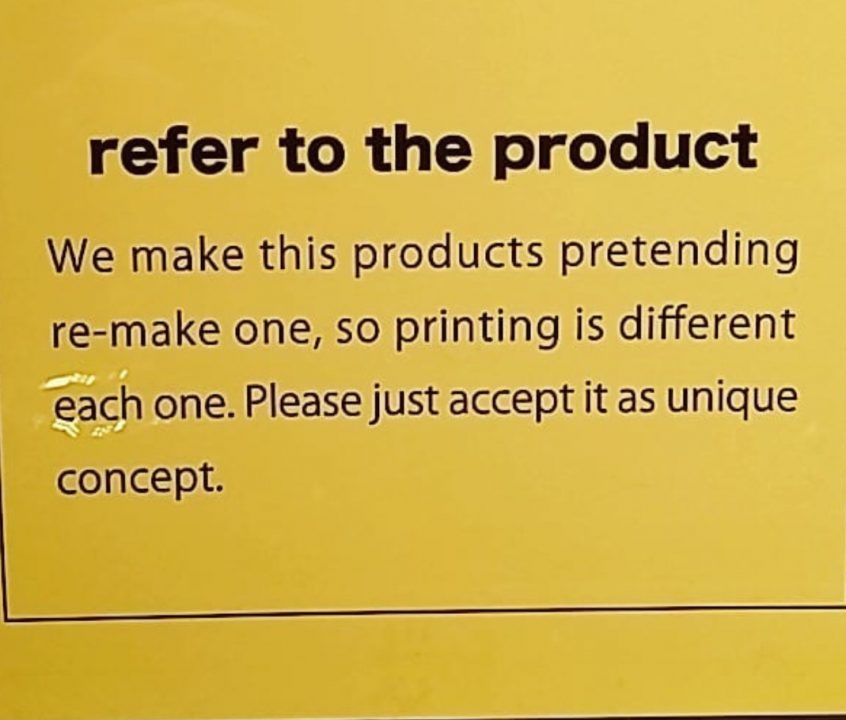
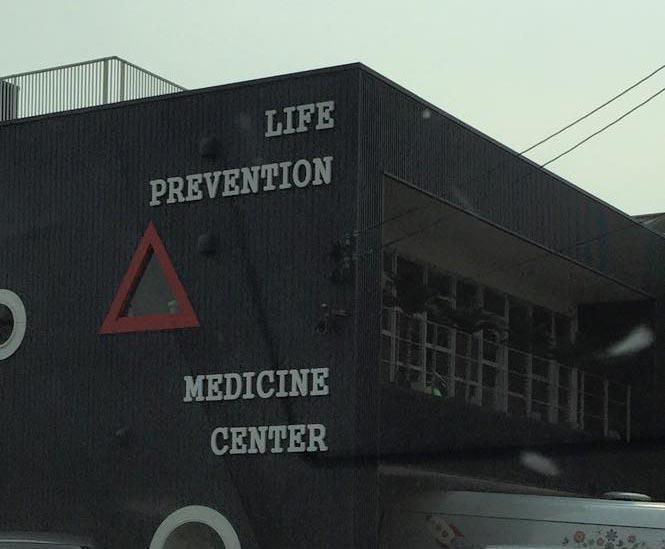
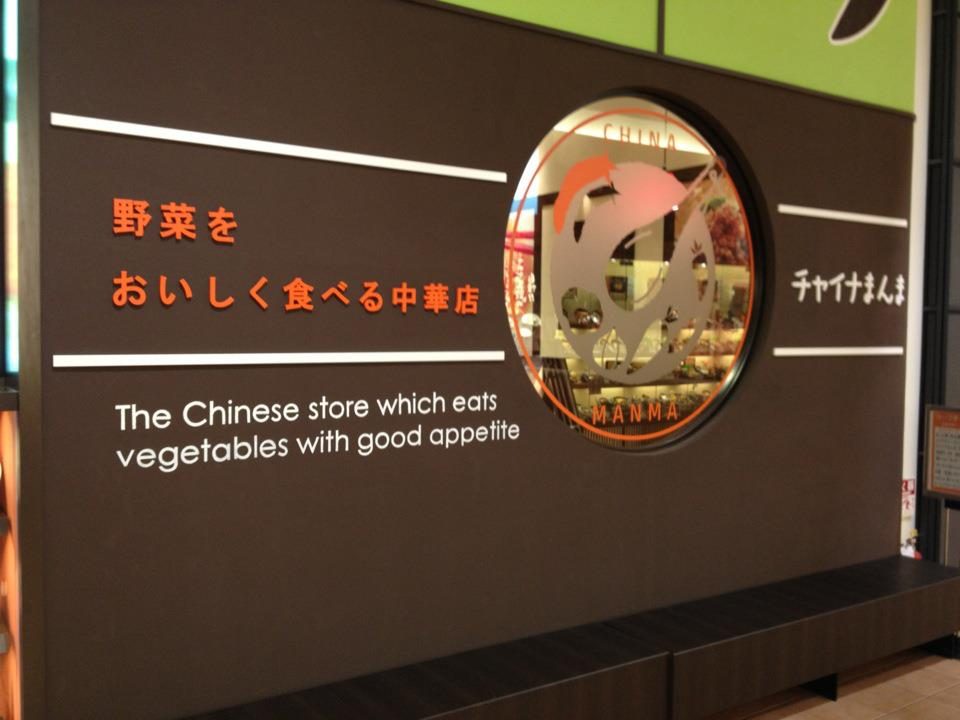


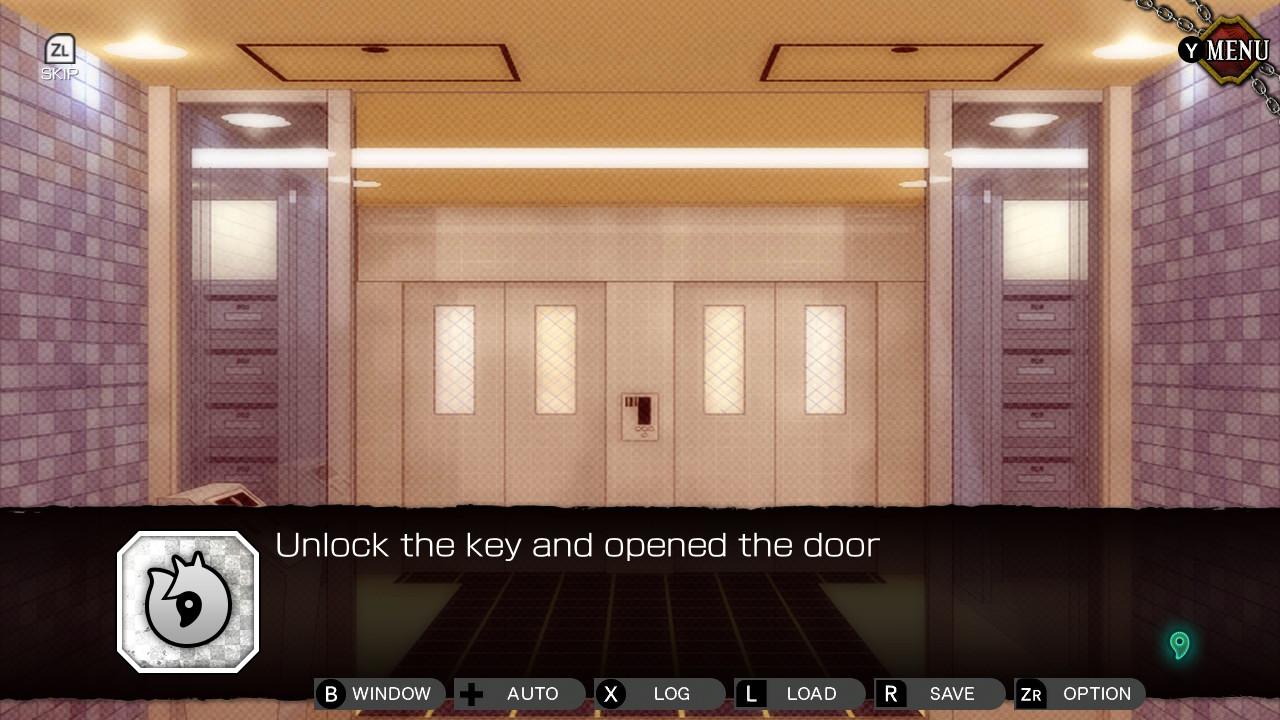

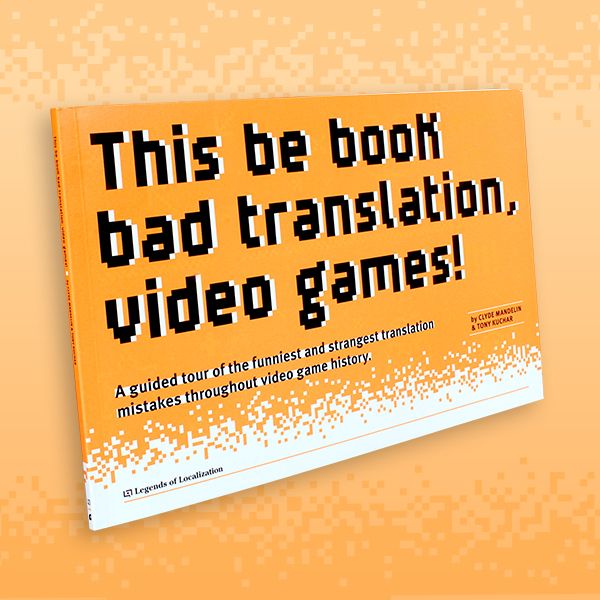


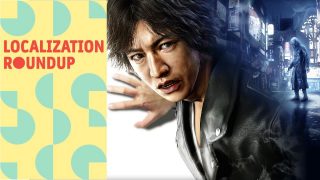
If you’re looking to start playing the SMT franchise, I’d say Shin Megami Tensei: Devil Survivor (the 3DS Overclocked port is better) is a fair starting point. The game can ease you into SMT mechanics and isn’t too hard, while at the same time having the typical bleak SMT atmosphere. Devil Survivor 2 (Record Breaker port ideally) is good too, but a little more lighthearted at points.
SMT: Nocturne, called SMTIII in Japan (Nocturne Maniax is a much enhanced version of the original Japanese release which the world got by default), and SMT: Lucifer’s Call in Europe, is the first major game to come aboard. It is great, excellent atmosphere modernized SMT, it holds up great despite the age, but isn’t very newbie friendly.
The Digital Devil Saga duology is its own thing, quite good too, and a bit friendlier than Nocturne to a newbie, perhaps more than the Devil Survivors since it does away with fusion.
SMTIV is very modern in its conveniences, but a little dull. SMTIV: Apocalypse is a sequel to IV where the hero fails to achieve one of the endings of IV just short of them, and instead things suddenly go down a series of events. Gameplay-wise it’s better than IV, but is a bit too lighthearted for what is supposed to be a bleak franchise in my opinion.
I’ve played Shin Megami Tensei I (which is available via normal means on iOS in English), and watched an LP of Kuyaku Megami Tensei (the SNES remake of the original game), both are very archaic in gameplay, they’re old school SMT before Nocturne invented the Press Turn system. Their sequels should be better I here, but are still archaic, as is Devil Summoner: Soul Hackers, which I played the 3DS version of.
Also, I just wanted to toss this in, but SMT’s Four Heavenly Kings fall under the archetype Kishin (used for the sake of organizing SMT’s fusion system: a demon of Archetype A + a demon of Archetype B = will always result in a demon of Archetype C, which depends on the average of A’s and B’s levels and the levels of C’s demons), which just so happens to be the Japanese name for The Legend of Zelda’s badass and beloved Fierce Deity Link. Felt it was cool when I saw this. Despite its dark powers, the Fierce Deity is a force for good. Kishins are wrathful, but they direct their anger at injustice and evil, and are focused on scaring and beating the life out of it.
Nocturne’s not being newbie friendly is only a few problems that are merely annoying if you know of them in advance.
1: Fusion results are random (prepare to cancel and check repeatedly) and opaque. The randomness is actually the case for pretty much every game in the franchise before Devil Survivor. Fusion results being hard to figure out in advance are still a problem to this day without external info (bizarrely enough the P2W mobile game is the only one that even tries with that, and that’s only because you can see the external info in-game).
2: Skills for the main character are one time only and you have no idea what you’ll get beforehand. If you don’t pick them when first offered you can never get them. This makes it very easy to screw up builds (Fog Breath is one of the most useful skills in the game and you can miss it entirely). DeSu and DeSu2’s skill crack system lets you reconfig skills a bit TOO freely, though SMT4’s tutor system works OK.
3: Agility and luck have broken formulas so they barely do anything. Focus on magic or strength (preferably magic for first play. Strength only really gets good at the end and has a bad time during the mid-game) with a bit of vitality. Only add agility in multiples of 13 (13, 26) and don’t bother with luck outside of free boosts.
DeSu and the sequel have the problem of poorly fitting art and wildly varying tone (especially 2), but they’re also a completely different genre.
Just go with Nocturne Maniax/English.
Actually I double checked the agility formula. Just plain old don’t bother with it. Luck and Agility actually get less useful the more you level up, both because level matters more and they literally have less of an effect the higher your level gets.
https://www.reddit.com/r/Megaten/comments/5wkz2b/nocturne_formulas_that_use_agility_and_luck/
If Atlus makes any changes in the port they alluded to, this is the big one they need to fix.
DeSu’s tone is pretty consistent (outside of the 8th Days tacked on to Overclocked). It also has characters that aren’t totally flat, which is a weakness of Nocturne.
I will admit to to DeSu 2’s alternating between humor and seriousness, but at least being a spinoff, it wasn’t so bad as how Apo, a mainline, handled it. DeSu 2 knew what it was, Apo couldn’t pick between friendship and bleakness. Again, good gameplay, and some of the ideas like the Divine Powers were good, but the tone issues were still bad.
As for genre, Devil Survivor’s only real differences are the absence of dungeons, and the inclusion of moving on a gird to engage enemies. When you engage an enemy, things are quintessential post-Nocturne SMT. Once can easily adjust from here, the main thing you need to adjust to combat-wise in the main games after all this is the importance of buffs and debuffs.
And nice to see someone who agrees with me that going pure Str isn’t the best for the Demi-Fiend. I tried that hearing how good phys was in Nocturne going in, it felt real limiting at times. Yes once you get Divine Shot and Deadly Fury much is good, but Pierce is around for two dungeons at most, and Freikugel exists for 1% of the game.
I’d say the best Demi-Fiend is the occasional point of Vit, while in Shinjuku Medical Center some Str too. Once you get out, shift to 10-20 points in Mag, once you get your desired amount there, shift to Str again. Carry 2 phys skills, Charge, and a couple spells in case of phys resistance/null/reflect/drain, leaving whatever else for passives. The best DF is a carefully built dual cannon.
…And having outlined this, plus what you said above, yeah Nocturne shouldn’t be too bad. Particularly if you opt not for Hard.
I don’t really see Forneus being THAT much of an issue you have to permanently put points in strength to fight him. Start with some vitality instead of magic maybe, but Pixie and Shikigami Zioing him while Kodama and the MC heal/pass should be enough you don’t need strength.
I was only suggesting Str at the very beginning because you don’t get access to magic skills for the DF until after that. Going purely Vit or Vit-Mag works too at that point.
And just to speak of the various Japanese uses of English above to stay on topic. I really do like the Life Prevention thing, quite wonderfully funny, as is the vegetarian store.
“It also has characters that aren’t totally flat”
Well that’s one way to describe Suzuhito Yasuda’s art…
I just want to say I like SMT as a whole, Nocturne included, even if I said has flaws (no game is perfect) and not exactly best for a newbie. Its dungeon design is top-notch, and it did invent modern SMT, for which I am thankful. The Reason of Musubi was also a cool idea, as was Shijima, and I like the attempt of this game to break from the traditional Law-Neutral-Chaos for a new alignment approach. Another game to try this, by the way, was DeSu2.
And with this, I present an olive branch. Why must there be argument?
You realize the post you directly replied to was a joke right?
DeSu is a fine game (DeSu2 has a wonky tone and bosses that don’t really fit the series though), but one can only play one SMT game first.
I wasn’t sure if it was meant as a serious criticism or a joke, Internet posts don’t make it easy to tell. My bad.
But I do get the necessity of a good first impression. Which can matter as much as newbie friendliness. Mine was DeSu, so I am understandably biased towards it.
Generally speaking, the Persona games are overall much more simpler than the main series. Sure, it’s still possible to screw up badly and as with other titles, the MC must be kept alive at all costs. That said, the Persona games should ease you up for what awaits you with the SMT games as whole.
加齢を楽しんで honestly sounds like the kind of snark you’d find in a comedic birthday card.
It’s definitely something I’d give to a friend, haha.
Without much experience with the DS/3DS SMT entries (and wholly believing that 4, 4 Apocalypse, and Strange Journey are all supposed to be excellent games and fine places to get into the series), I do find the original SMT1 on SNES/Mega CD/PC Engine CD to be fun and spooky, and I admit may come off as a bit antiquated to modern sensibilities in the same way that an older Dragon Quest (or Earthbound, for that matter!) might. But it’s Pokemon with demons and religion, what’s not to like? The SNES was my very first console, so I do admit that the aesthetic of circa 1991-92 early SNES games is one that I find particularly nostalgically appealing.
SMT2 takes place after the events of SMT1, and SMT If… also takes place in a hypothetical post-SMT1 reality where things had gone differently than SMT2, so my inclination, if you intend to get into the SF/SNES SMTs specifically, is to say that it’s probably best to start with SMT1 to get a narrative background in what’s going on in these three games in particular.
WorldNeverland: Daily Life in the Elnea Kingdom is a Switch game with a wealth of strangely-translated text. It’s not a trainwreck like Vroom or this otome is, but it’s pretty bad at times. I’ve made a habit of screenshotting it every time someone says something strange, and have a huge collection of more than 100 odd screenshots! What’s really strange is the cutscenes that play during important events, like festivals or graduations, actually have very good translations! They can be a little stilted, but they make good use of more “grandiose” English.
There are probably plenty of linguistic subtleties I’m missing, but 「野菜をおいしく食べる中華店」 strikes me as a pretty strange phrase in Japanese to begin with. Maybe the English translator just did the best they could with what they had?
There’s nothing strange about the phrase, it’s just heavily misparsed by the (most likely automatic) translator.
With my paltry Japanese skills, the phrase seems to translate to “The Chinese store that deliciously eats vegetables”.
That would be 食べている not 食べる.
That doesn’t translate to “The Chinese store that is deliciously eating vegetables”?
Yeah, that would be my immediate impression (and Google’s, and whatever human or machine translator did that sign).
I suppose the confusion comes from the fact that the most obvious way to turn a relative clause modifying a noun into English is to read it as “the X that Ys.” It works okay in most cases I’ve seen, but apparently not this one; I assume the intended meaning is something more like “the Chinese store where people eat vegetables deliciously.”
But in English:
* Using “where” instead of “that” clarifies that someone else is doing the eating at the store, rather than the store itself doing the eating.
* You need an explicit subject in an English clause. “That” fills that role if the noun being modified is also the subject of the clause; but “where” doesn’t work like that and you have to clarify the subject some other way.
So it’s a combination of two of those things that you have to infer from context in Japanese at the same time, which is probably generally confusing for someone coming from a language like English. I guess here, a fluent speaker would just recognize that it would be silly for the store to be the subject of the clause about eating vegetables and not even consider that interpretation.
Wikipedia actually talks a little bit about this particular ambiguity, fwiw: https://en.wikipedia.org/wiki/Relative_clause#Japanese
Also, worth noting that Google does magically change the relative pronoun from “that” to “where” if you introduce an explicit subject of 「あなたが」 into the clause.
Which group fan-translated SMT: if? Are they any good?
Aeon Genesis/Ghideon Zhi. He did the hacking work for all three main SNES games.
He was going to work on the first Megami Tensei on the Famicom, and had got to a beta stage but the hacking proved too difficult, I think. I helped him with, but that particular game had some tricky stuff that was beyond my skill to fix for him.
Nice.
SMT is a hard series to start out with, mainly because they are all challenging and can be difficult for those who are just looking for a casual RPG. My recommendation would be SMTIV. Once you get through the beginning difficulty, the game evens out and you can really feel powerful with your demons. SMT 1 was the first one I played with the fan translation, but it’s pretty tough. I’d say you’d do just fine, Mato, mainly for your skills with 7th Saga. If you can handle that, you can handle anything IMO.
Shin Megami Tensei: Nocturne or the first Digital Devil Saga are excellent games to start with! Both are PS2 games, and I think they appeared on PS3’s PSN library. I personally started with the first Shin Megami Tensei (with Aeon Genesis’ fan translation), but the encounter rate and some of the latter game dungeons make it rough around the edges.
I think which SMT you start with depends heavily upon your tolerance for “old-school” RPG mechanics, such as random encounters, unforgiving difficulty, and enforced grinding, and how much you rely on quality-of-life enhancements. Generally, I’d suggest starting with a newer game and working backwards, or starting from the beginning and working forwards, so you get a clear idea of how the series has evolved over time, and so that you can either ease yourself into the deep end (if you play “backwards”), or so that you can properly appreciate the advancements the series has made (if playing “forwards”).
I’d personally say that If… is a bad place to start, if only because IIRC the game does reference SMT1. It’s not a direct sequel, but there are some nods to the original that you’ll miss out on if you play it first. Then again, I’m saying this based upon a half-remembered translation LP I read a few years ago, so I might well be wrong.
If you’re not planning on diving into the deep end of the franchise, I’d suggest starting with Nocturne or SMT4. Apocalypse is a direct sequel to SMT4, so don’t start with that one. Nocturne is more old-school, having been released in something like 2003, so expect some rough edges if you go with that one. On the other hand, SMT4’s beginning section is absolutely brutal in difficulty, especially if it’s your first SMT game. The game eases up after, but that first dungeon almost made me quit the game.
The Princess Maker 2 point surprises me slightly, by way of stirring up a relatively distant memory.
I remember playing a game in that series, which looked very much like that one (except possibly with less of a brown color tone than that screenshot has), in English, back on Windows 9x. I probably picked it up cracked from a warez site at the time, but if the game never got a proper release in English back then, I’m not sure where the version I played could have come from.
My only guess is that maybe the unreleased MicroProse translation got leaked, and that was what eventually found its way into my hands? Unless there’s another similarly-early game in the series with a basically identical look, down to the fonts involved…
It was almost certainly the unreleased MicroProse translation. A hacked version of this game has been circulating the English-speaking net for YEARS. I know I downloaded it back in the day!
Since most everyone else has mentioned SMT, I’ll talk about Persona. It’s a spin-off of the SMT series, but other than a few throw-away references and some similar monster designs/battle systems, you can hardly tell; so you don’t need to play SMT first to understand any of the Persona games.
There are 6 total mainline Persona games: SMT: Persona, Persona 2: Innocent Sin, Persona 2: Eternal Punishment, and Persona 3, 4, & 5. While the Persona 2 games are kind of a set, you could really play any single one of them without the others as they’re all self-contained, though they do occur in the same universe. In terms of gameplay, P5 is the most well-balanced and has a number of quality of life improvements from P3 and P4, which it shares a combat system with. I’d say it’s a great place to start if you want a game that’s a bit more forgiving, but since P3-5 form a trilogy of sorts, you could also start with P3 and work your way up if you want things to get easier as you go. P1 and 2 are very different beasts, much more oldschool and fiddly and difficult. I enjoyed the stories and casts, but really didn’t like playing them. They haven’t aged well at all. The upside is that every Persona game is now available officially in English, so you could certainly do comparisons for each (if you ever found the time; they are stuffed FULL of text).
As a side note, the first Persona game was originally brought over as Revelations: Persona, but was whitewashed and given a really heavy 90’s style localization, and one entire route was dummied out of the game. For a more faithful experience, you’d want the more recently released PSP version of Persona 1.
Also note that SMT:if mentioned in the article is kind of like Persona 0. the first Persona is kind of implied to take place in the same timeline and has a couple of cameos from if… characters.
Not just “kind of implied”, characters from If… show up in P1 and P2. You can even go back to the school from If… in P2 Sin’s PSP release.
Also OP, I’d say the PSP port of 1 is pretty butchered too (not in the localisation department, anyway). There’s a lot of liberties taken with the game’s presentation and some unnecessary gameplay adjustments. All for the worse IMO, especially the new soundtrack. It just doesn’t fit at all. Shame there’s no optimal way to play P1 in English.
I find it interesting that Sega credits Persona 5’s localization as being the reason for its sales overseas, considering how divisive the localization was at release. Personally, I’m in the “often awkward, but understandable enough that it doesn’t hurt your enjoyment of the game” camp. The localization is very much a blunt instrument that strips out a lot of the original script’s nuances, but you wouldn’t notice unless you compared them side by side.
That said, it’s glaringly obvious that different parts of the script were prioritized over others and localized by different translators. The text message conversations are bizarrely the best and read like people actually speak, which I’m guessing is because they were revised after voice-recording was done, a step which wasn’t possible with the main story dialogue.
The main story dialogue features mistranslations, overuse of stock translations, awkward phrasing that screams “literal translation”, and a lot of lines that are overly general or broad where the original script was quite specific. The last one leads to a good number of minor plot details being erased; one scene near the end of the game got hit with this particularly bad.
The demon negotiation dialogue is sadly a trainwreck and was written by somebody with an unhealthy obsession with tag questions. Nearly every line ends with “Isn’t it?”, “Correct?”, “Right?”, or some combination or variation of those. The localized dialogue is often so vague that all intended meaning is just gone. The negotiation gameplay is, at best, guesswork in the English localization.
And this is coming from somebody who clocked over 170 hours in the game and thoroughly enjoyed it. Persona 5 has a lot of great qualities that could be the reason why it performed well outside of Japan, but I don’t think the localization is one of them.
Got any example to show me? At least the English version ‘corrected’ some of the inaccurate English such as ‘Bato Touch’ becoming ‘Baton Pass’ and so on.
A few examples:
(Note that these contain ENORMOUS SPOILERS, so don’t read if you haven’t finished the game.)
https://pastebin.com/MNjTvvXe
https://p5spoilersblog.tumblr.com/post/160885461230/persona-5-localization-error-1028-cafe-scene#notes
https://p5spoilersblog.tumblr.com/post/160739427635/image-credit-hello-naughty-children-i-am-going-to#notes
The localization preserves the general idea of most lines, but it consistently misses the finer points and sometimes just invents details out of thin air. Even before reading all the stuff above, I found myself thinking “Stop translating ‘nakama’ as ‘teammates’!” because the repetition and how off it was in-context made it obvious that it was a stock translation. “Friends” would have done just fine there.
Lozalization is clearly an interesting business, huh? To see all of the subtle nuances that might be lost between versions… They definitely should do articles focused on Persona 5 at some point, that’s for sure. Especially important since said game takes place in Tokyo and is thus deeply entrenched in Japanese culture.
You wouldn’t notice the problems? Yeah, you would. Very few parts of the game are free of them, they’re constant, and they’re in your face.
It was blatantly obvious that, in Japanese, the prosecutor did not sound like she was drunk all the time and/or was desperately hoping no one would notice she never actually went to law school and faked her whole resume. That was purely introduced by the fact that whoever translated her dialog could not do legal lingo, screwed everything up, and it just went into the game anyway. Seriously, the dialog that happens every time you make a new Confidant is atrocious.
The localization is sometimes absolutely up to the high standards they’ve set in the past. They just didn’t give it long enough to cook, so large parts of it are – frankly, they’re unacceptable. This is a franchise that has achieved near-perfection twice before (P3 and P4). I was (and still am) bitterly disappointed that they didn’t care. (If they cared, they’d have fixed it.)
All of this absolutely hurts the enjoyment of the game. It should be a masterpiece. And it’s not. Because they ruined it. That it still remains a pretty good game is a testament to how good the original was, but it does not mean that P5 wasn’t hurt by the incompetent work that made it into production.
P5 in English is easily the weakest of the three modern Persona games. The player characters are blander, and the social links are less interesting than the last two go-arounds. How much of that is due to the game itself, and how much of it should have been interesting, only it was translated poorly?
I for one have absolutely no interest in ever playing P5 again. Because I’d have to sit through all that drivel again. That is something I would never say about P3 or P4.
My first experience with the series was Strange Journey: Redux, and I feel like that made a decent entry point, being a prequel and all. The quality of life additions in the Redux version means way less time spent on the repetitive/time-eating tasks in the game, so that would be my recommendation for how to break into MegaTen.
I’ve never played any Princess Maker game, but I do remember reading the Let’s Play.